The Director General of the Uganda Civil Aviation Authority (UCAA), Mr. Fred K. Bamwesigye opened the 20th NAFISAT Supervisory Board Meeting, taking place from 14th to 17th October 2025 at Speke Resort Munyonyo in Kampala.
The meeting, organized by UCAA in collaboration with Air Traffic Navigation Services (ATNS) and the International Civil Aviation Organization – Eastern and Southern Africa (ICAO-ESAF), has brought together representatives from 14 NAFISAT States, along with officials from ATNS, IATA, and the ICAO ESAF Office.
In his opening remarks, UCAA Director General, Mr. Fred K. Bamwesigye, expressed how pleased Uganda was to host the NAFISAT Maintenance and Management Centre at Entebbe International Airport, describing it as “a hub that ensures operational integrity and technical coordination for the entire region.”
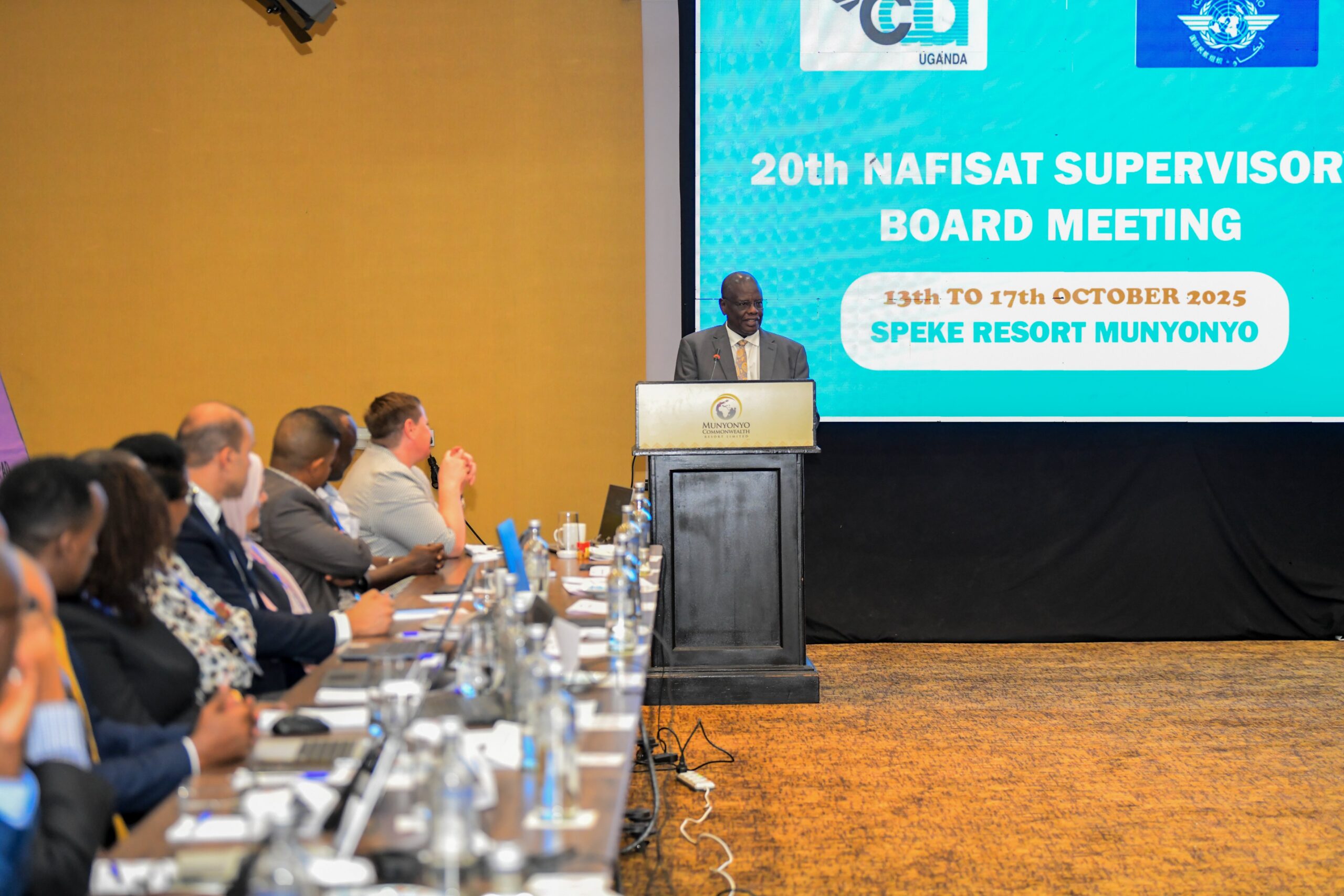
He hailed NAFISAT as “a true success story, proof of what African States and institutions can achieve when we work together towards a common goal.” Echoing this, ICAO’s representative, Mr. Harvey Gabriel Lekamisy noted that “NAFISAT was designed to support Aeronautical Fixed Telecommunication Network (AFTN), ATS/DS, and ATN services.
Built on VSAT (Very Small Aperture Terminal) technology, it provides robust communication links in areas with limited terrestrial infrastructure while seamlessly integrating with networks like the Southern African Development Community Very Small Aperture Terminal (SADC VSAT) and the African Indian Ocean Satellite Network (AFISNET) to strengthen continental connectivity.”
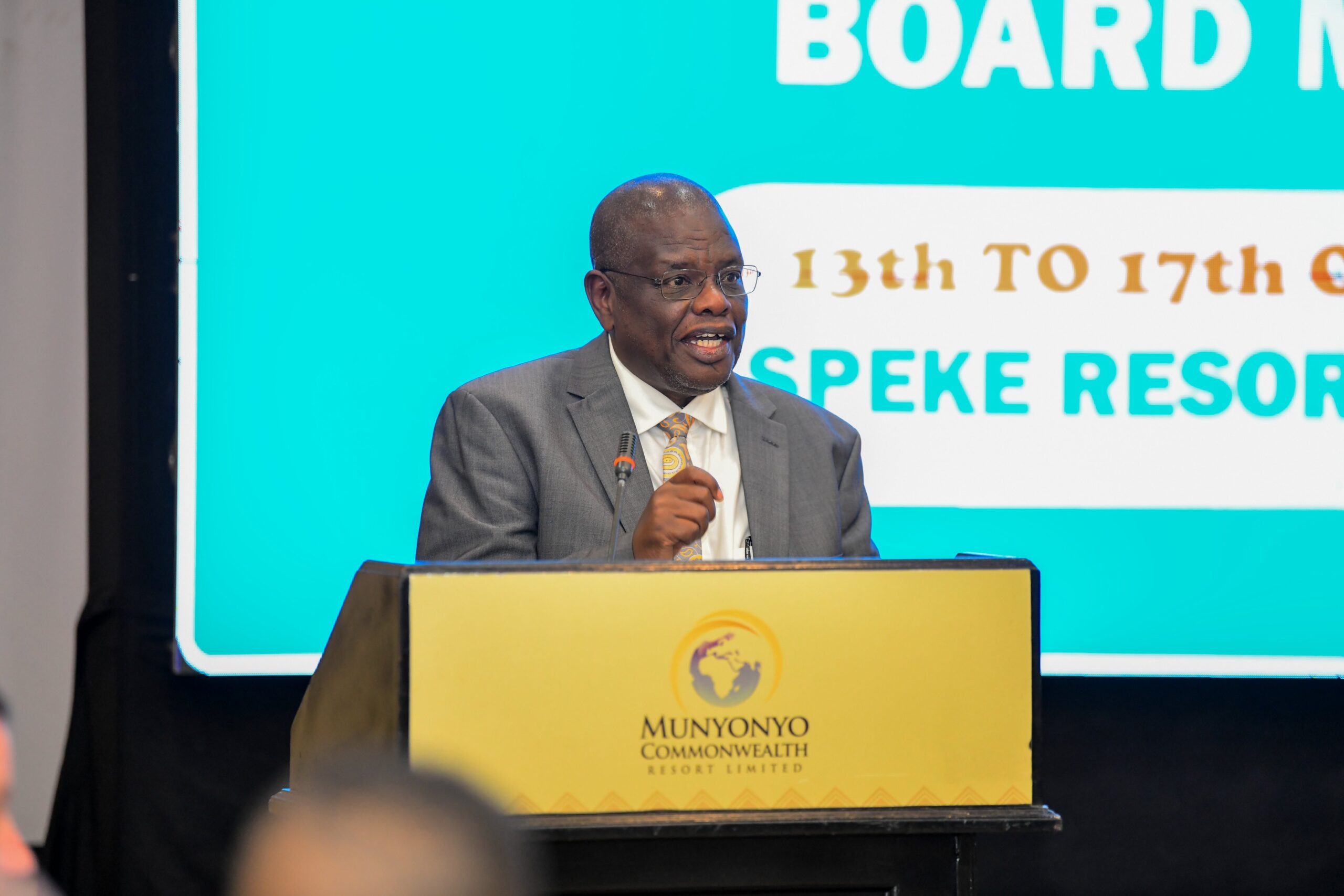
Over the next two days, discussions will focus on strengthening interoperability, enhancing infrastructure, and aligning regional systems with ICAO’s Global Air Navigation Plan and Aviation System Block Upgrades (ASBUs).
Mr. Bamwesigye further stressed the importance of capacity building, innovation, and inclusivity, ensuring that all States, regardless of size or resources, benefit from the progress being made.
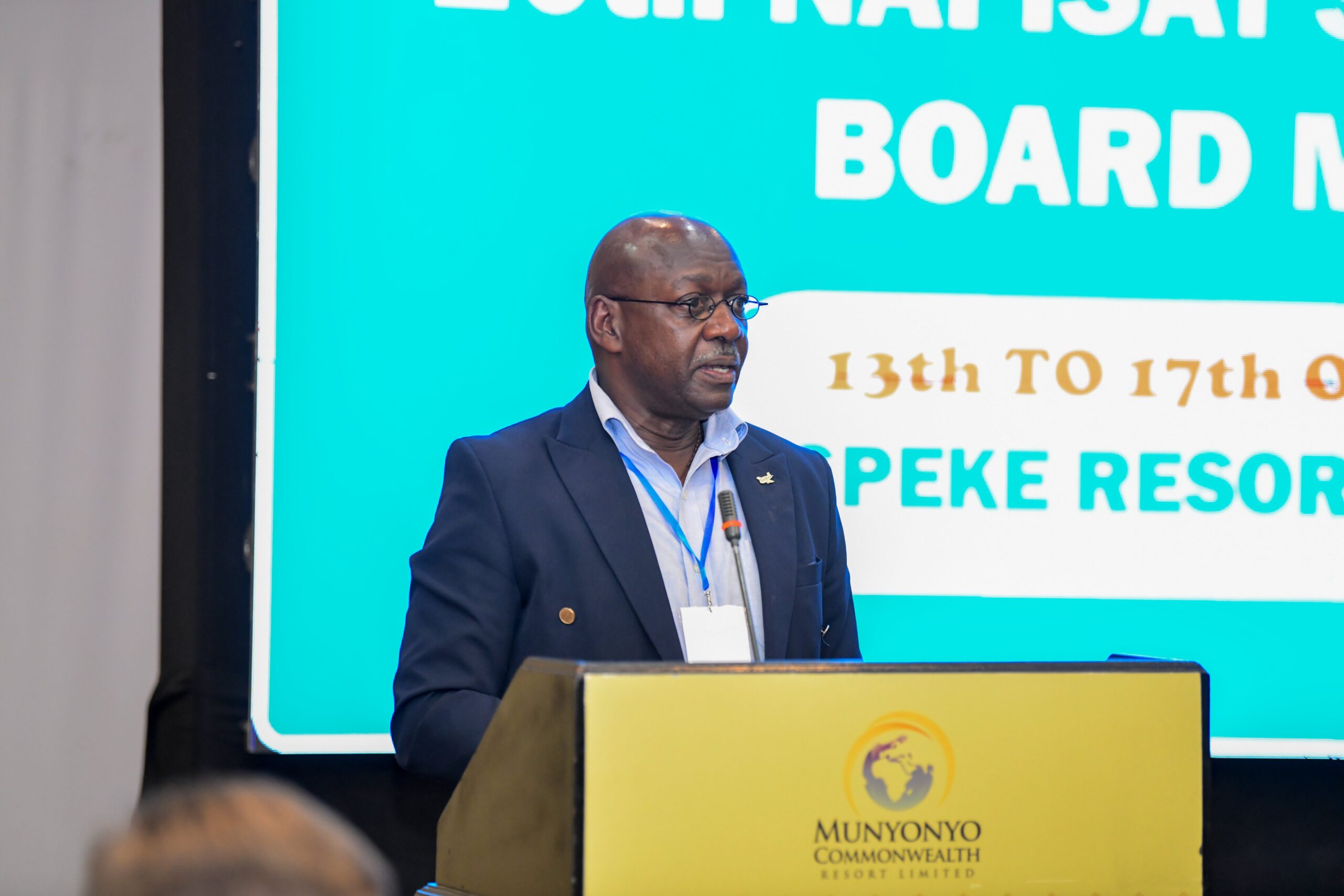
The 20th NAFISAT Supervisory Board Meeting marks more than just a review of technical systems.
It is a reaffirmation of Africa’s collective vision: building safer, smarter, and more connected skies for the continent and the world.


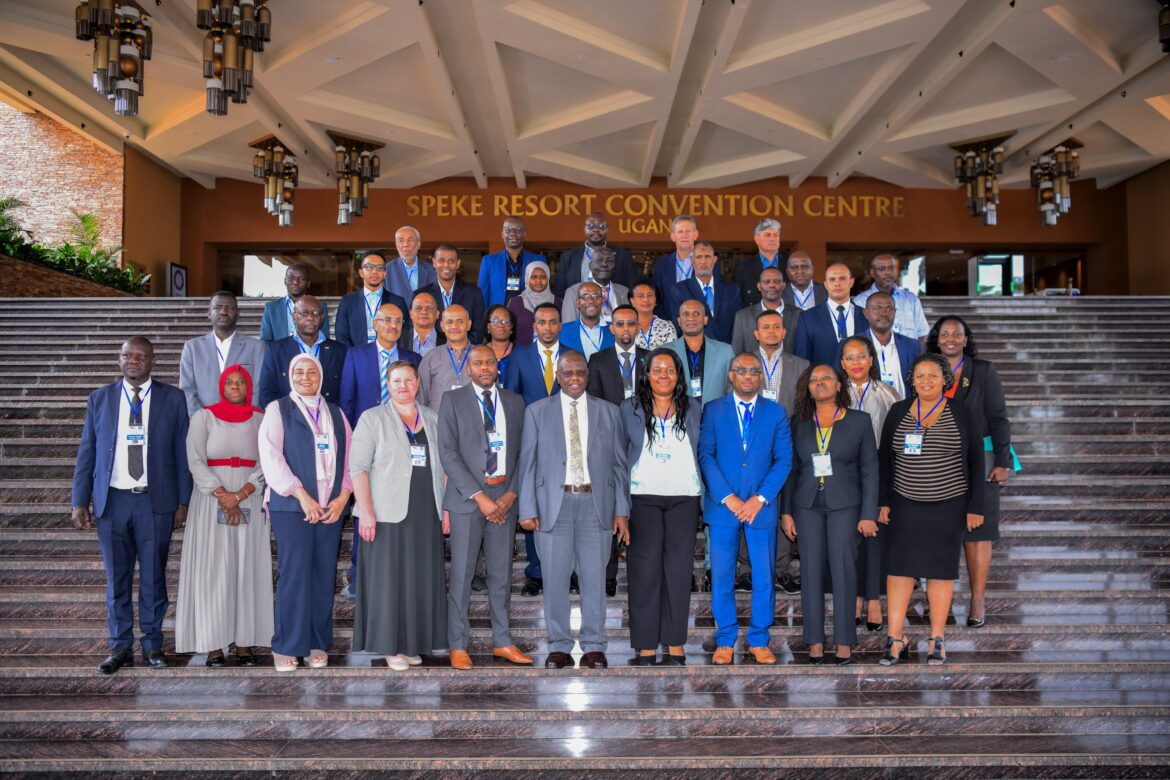
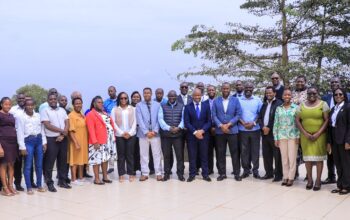
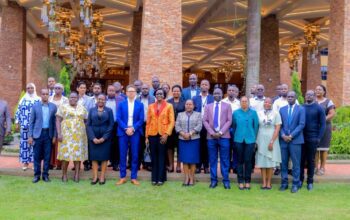

Thanks for sharing. I read many of your blog posts, cool, your blog is very good.